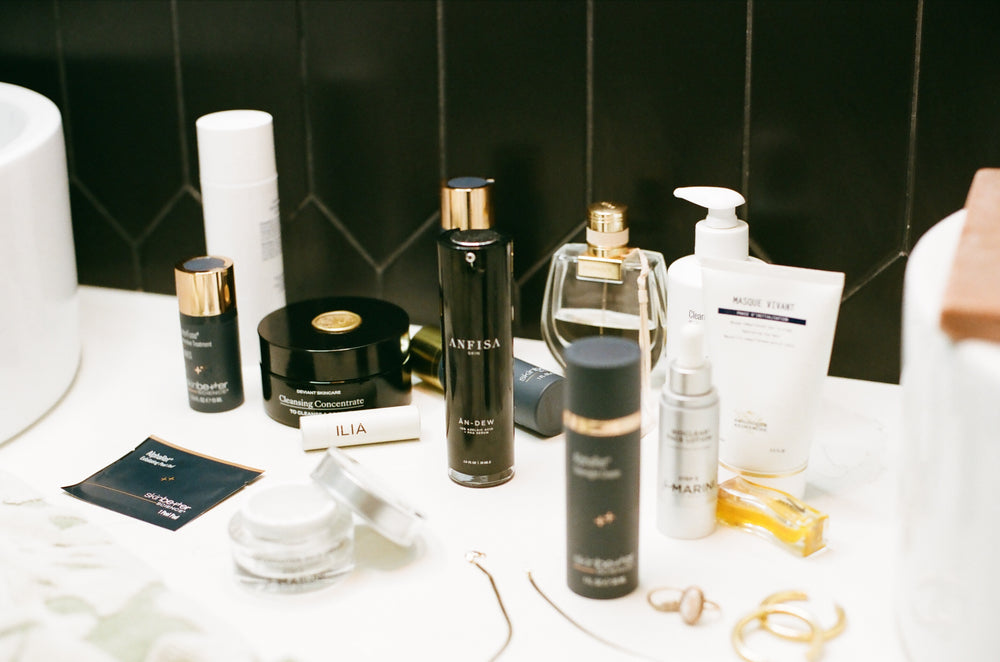Skin Deep: Understanding Your Skin’s Structure and the Esthetician’s Role
We love talking about glow, tone, and texture—but let’s take it a step deeper (literally). Understanding the layers of your skin helps you make informed decisions about your skincare treatments and know what’s actually happening during a facial.
The 3 Layers of the Skin
1. Epidermis – Your Skin’s Shield
This is the outermost layer. It’s made primarily of keratinocytes, which produce keratin—a protein that strengthens and protects. This is also where melanocytes live (the cells that produce melanin, a natural defense against UV rays).
The epidermis is the layer we target most with facials, gentle exfoliation, and topical products.
Cleveland Clinic – Epidermis Overview
2. Dermis – The Support Layer
This is where the magic happens for firmness and elasticity. The dermis houses collagen, elastin, blood vessels, nerve endings, and glands. It’s also where you’ll find your hair follicles and sweat/oil glands.
We can support this layer indirectly with treatments that stimulate collagen (like microchanneling and chemical peels), but it’s deeper than estheticians are legally allowed to treat with tools like lasers or injectables.
3. Hypodermis – The Foundation
This is your skin’s bottom layer, composed mostly of fat and connective tissue. It provides cushioning, insulation, and energy storage. It’s also the layer we don’t touch as estheticians—this is medical territory.
Cleveland Clinic – Hypodermis Info
Important Skin Components
-
Keratinocytes: Produce keratin in the epidermis.
-
Melanocytes: Provide pigment and UV protection.
-
Collagen: Gives skin its structure and strength (found in the dermis).
- Elastin: Gives skin its bounce and stretch.
Learn more about collagen and elastin here: DermNet NZ – Skin Structure
What Estheticians Can—and Can’t—Do
Estheticians are licensed to treat the epidermis using non-invasive methods like:
- Cleansing, exfoliation, and skin analysis
- Superficial chemical peels
- Hydration and barrier repair treatments
- Microchanneling (to stimulate collagen naturally)
- LED therapy and light-based facials
We do not perform anything that breaks the dermis or involves medical interventions (like lasers, deep peels, or injectables). That’s the scope of dermatologists, physician assistants or nurses.
Skin Inc. – Scope of Practice Guide
Why This Matters
Understanding skin anatomy empowers you to ask better questions, choose the right treatments, and know when you're in safe, expert hands.
Want help building a skincare plan that works with your skin—not against it?
- 🌐 Website: skinjunkiesstudio.com
- 📅 Book Now: Skin Junkies Studio Facial Menu
- 📩 Email: hello@skinjunkiesstudio.com
- 📲 Instagram: @skin.junkies
Your skin is complex—but taking care of it doesn’t have to be. We’re here to guide you.

